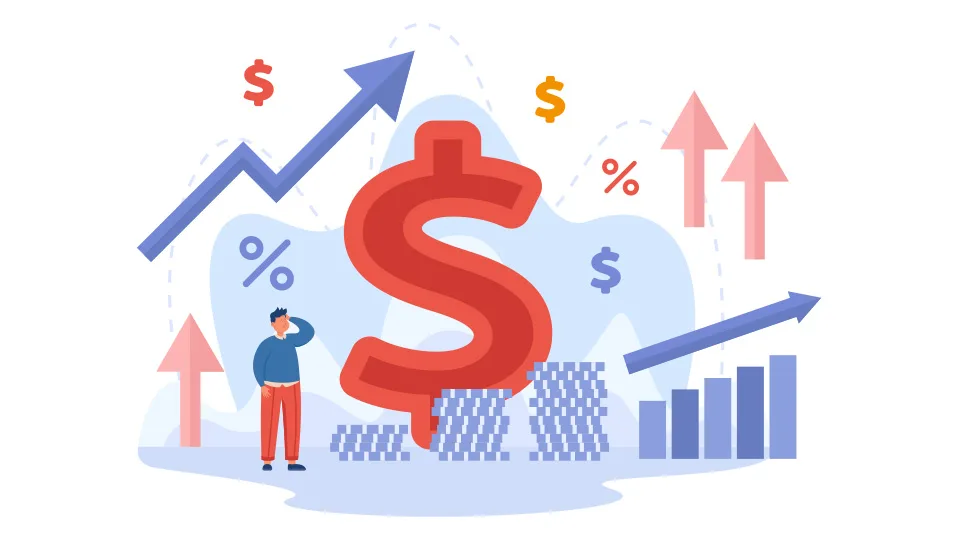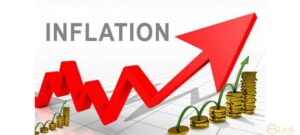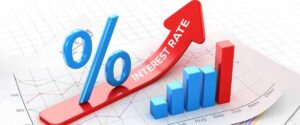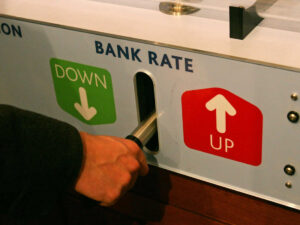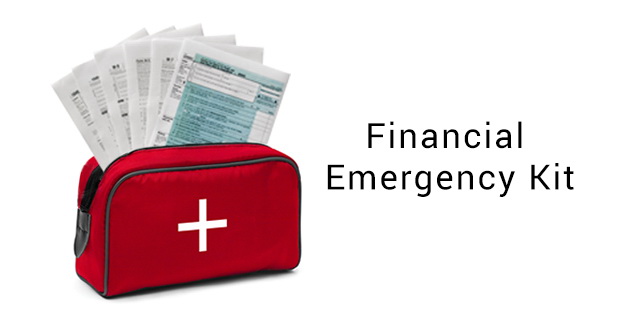Inflation and interest rates are important parts of an economy’s structure. They are key in determining how financial and economic management will play out. Knowing the connection between inflation and interest rates is necessary whether you are a borrower or saver. It will allow you to make more informed decisions about your loan or savings. In this blog, we will discuss the definitions and connections between inflation and interest rates and how these two work together to impact our debts and savings.
About Inflation
Inflation is the general rise in prices of goods and services over time. It reduces the purchasing power of money. This means that the same amount of money will let you buy lesser goods or services. As a matter of economic policy, central banks and governments try to keep the inflation rate under a certain limit to ensure price stability in an economy and stimulate economic growth.
The Role Interest Rates Play
Interest rates are the price of borrowing or the earnings on savings. A country’s central bank usually sets interest rates. Interest rates usually play a key in influencing the overall level of economic activity. This makes them a useful tool for central banks’ manipulation of their economic policy. When there is a need to stimulate economic growth, central banks lower interest rates, making it easier to borrow money. Similarly, when central banks want to slow down an economy that is expanding too fast, they raise interest rates, which makes borrowing more expensive.
The level of interest rates has a deep impact on the economy and, eventually, on employment prospects. Interest rates usually rise when the economy grows rapidly, and the labor market is strong.
By demanding higher rates, the economy implies that it anticipates future inflation along with high economic growth. In such an environment, the central bank may take steps to push rates higher. This is done to slow down economic growth and reduce inflation.
This rise in interest rates can be influenced by inflation, the level of the stock market, and other factors and may not always be a regularly rising line.
The Relationship between Inflation and Interest Rates:
Inflation and interest rates are interlinked parts of an economy. Higher inflation usually leaves money more in demand, which leads to higher interest rates. Similarly, lower inflation means that there is surplus money around, which reduces interest rates. This connection remains because interest rates are adjusted to accommodate the reduction or improvement of purchasing power (this is linked to inflation).
As inflation grows, lenders and investors require higher interest rates to balance the expected decline in money’s value over time. Conversely, when inflation is low, interest rates can be lower since there is less need to offset the effects of diminishing purchasing power.
In simpler terms, interest rates are the price we pay for borrowing money. In high inflation, money becomes expensive, and interest rates rise.
In low inflation, prices, and interest rates also fall as money becomes easily available.
What the Connection Means for Borrowers
As a borrower, inflation and interest rates play a major role in your financial decisions. When an economy has a high inflation rate and rising interest rates, borrowing money is more expensive. For people with floating-rate loans, such as KIBOR-linked mortgages or car loans, repayment installments can rise due to higher rates. This leaves budgets straining due to higher repayment requirements.
On the other hand, borrowing is more affordable in economic periods with low inflation and low-interest rates. Fixed-rate loans are especially attractive in such times, as borrowers can fix a low-interest rate for the duration of the loan, protecting themself from interest rate hikes in the future.
As borrowers, it is important to know that inflation can reduce the value of debt over time. As prices rise, the actual or real value of the outstanding loan falls. This is beneficial if the borrowing has been done at a fixed interest rate, as you will repay the loan with cheaper (devalued) money in the future.
What the Connection Means for Savers
For savers, inflation and interest rates imply different things. When inflation is higher than the interest rate on savings, the purchasing power of your savings decreases. For example, if you are getting a 14% interest rate on your savings and the inflation rate is 15%, your money is not growing enough to keep up with rising prices. In fact, it is losing value at the rate of 1% (15%-14%)
For savers, looking for investments or savings accounts that offer higher returns makes more sense. Such returns will hopefully remain above the inflation rate. Doing this is necessary to keep the value of savings and purchasing power above the inflation rate.
The savings returns will also be low in periods with low inflation and low-interest rates. This usually encourages savers to look into other investment opportunities that offer higher returns, like stocks, bonds, commodities, or real estate.
Conclusion
Understanding the connection between inflation and interest rates is important for borrowers and savers. As a borrower, knowing how inflation and interest rates impact the cost of borrowing will help you make better-informed decisions about the types of loans you choose. As a saver, understanding the effect of inflation on your savings can guide your investment choices to retain your purchasing power.
It is important to remember that economic conditions can alter, resulting in inflation and interest rate changes. Staying current with economic developments and reassessing your financial strategy should let you modify your investments according to changing scenarios.

Sadia Zaheer holds a Masters in Business Administration from IBA, Karachi. After working in several financial institutions in Client Management, Corporate Lending, Islamic Banking and Product Management she jumped careers to pursue a career in writing.
She is a Finance, Business and HR Development writer with four years of experience. She reads a lot and takes care of her multiple cats to remain calm.

